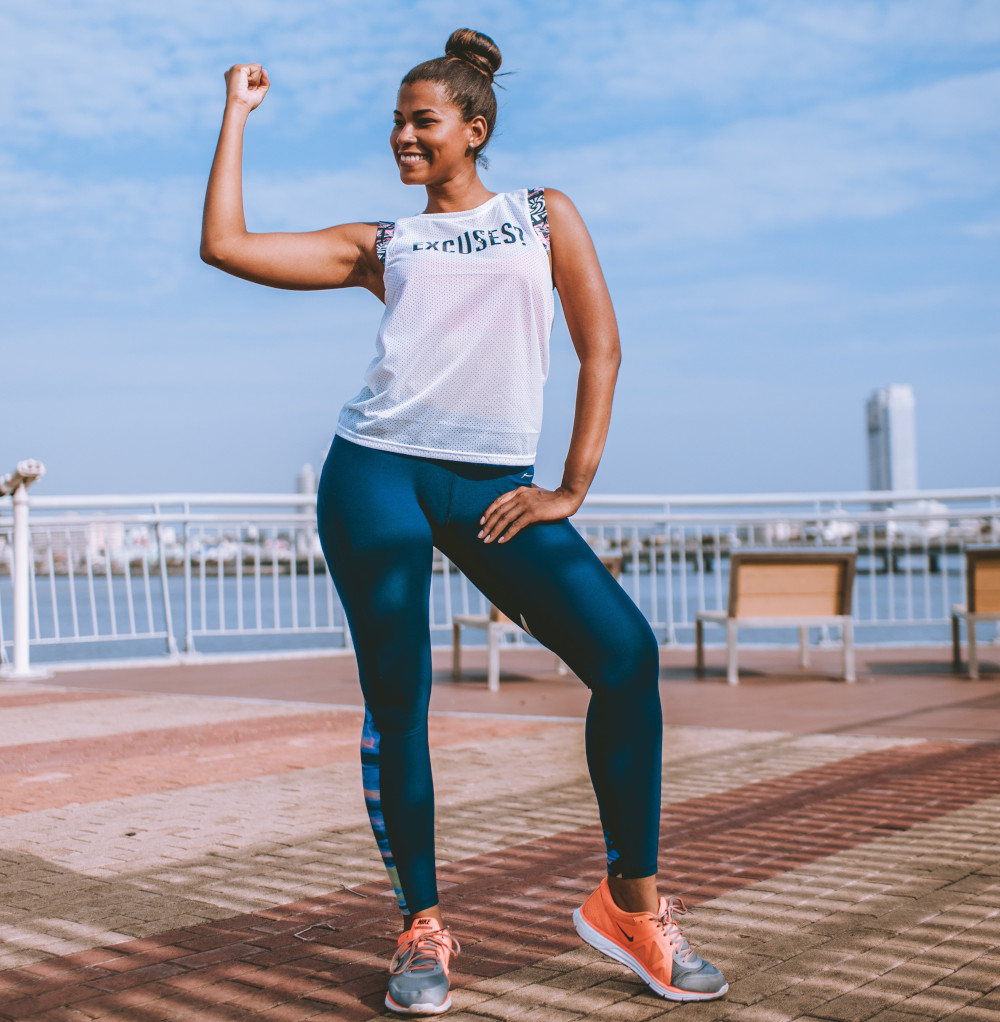You Can Improve Your Bone Health at Any Age
June 12, 2019
By : Abel Alfonso, DO

Did you know that your body is constantly losing old bone while you make new bone? Bones are living, growing tissue.
Osteoporosis is a bone disease in which bones lose density and become weak from a loss of tissue. Often the first symptom of osteoporosis is a broken bone, typically in the hip, spine or wrist.
As an endocrinologist, I treat the endocrine system, the glands and organs that make hormones. One risk factor for osteoporosis is menopause. Estrogen is a key hormone in fighting bone loss. Estrogen replacement can help prevent osteoporosis, but we typically limit prescriptions to no more than five years during the perimenopausal period. There are several other prescription medications that can be used to treat osteoporosis. Your primary care provider can discuss the options with you if you have osteoporosis.
As we age, we can lose more bone than we make and bone loss speeds up after menopause. That’s why it’s so important to build bone mass when you are young. Women typically reach peak bone mass in their late-20s. Unfortunately, women are naturally at risk for osteoporosis. Of the estimated 10 million Americans with osteoporosis, about 8 million are women.
The good news is you can protect your bones and prevent osteoporosis at any age. The National Osteoporosis Foundation offers these tips:
- Get Enough Calcium and Vitamin D and Eat a Balanced Diet.
- Good nutrition, calcium and vitamin D can help build strong, dense bones and keep bones strong as you age. For calcium, we recommend 1,000 mg daily in women age 50 and younger and 1,200 mg daily in women age 51 and older. Women under age 50 should take 400-800 international units of vitamin D daily. When you turn 50, make sure you are getting 800-1,000 IU daily. We need vitamin D to absorb calcium, but the two don’t need to be taken at the same time.
- Exercise Regularly.
- We recommend a combination of weight-bearing and muscle-strengthening exercises. Weight-bearing exercises include walking, dancing, hiking, running, jogging and elliptical machines. Muscle-strengthening exercises include weights, elastic exercise bands, weight machines and moving your own body weight.
- Eat Foods that are Good for Bone Health Such as Fruits and Vegetables.
- Bone-boosting foods include dairy products such as low-fat milk, yogurt and cheese, salmon, kale, okra, spinach, tomato products, bananas, beans and sweet potatoes. Too much salt can cause your body to lose calcium and lead to bone loss. So try to limit processed and canned foods. Caffeine may decrease calcium absorption and contribute to bone loss so limit coffee, tea and soda.
- Avoid Smoking and Limit Alcohol.
- According to the National Institutes of Health, studies show a direct relationship between smoking and decreased bone density. Drinking heavily also can lead to bone loss.
When Should Women Be Screened for Osteoporosis?
This is a good question for your primary care provider. The Centers for Disease Control and Prevention recommends screening at 65 years or older. Women who are age 50-64 should be screened if they have broken a bone after age 50 or have other certain risk factors including a family history.
When women reach menopause, they should have a conversation with their primary care provider about when they should be screened for osteoporosis.
Remember:
A healthy lifestyle can go a long way in boosting bone health! It’s never too late to start.